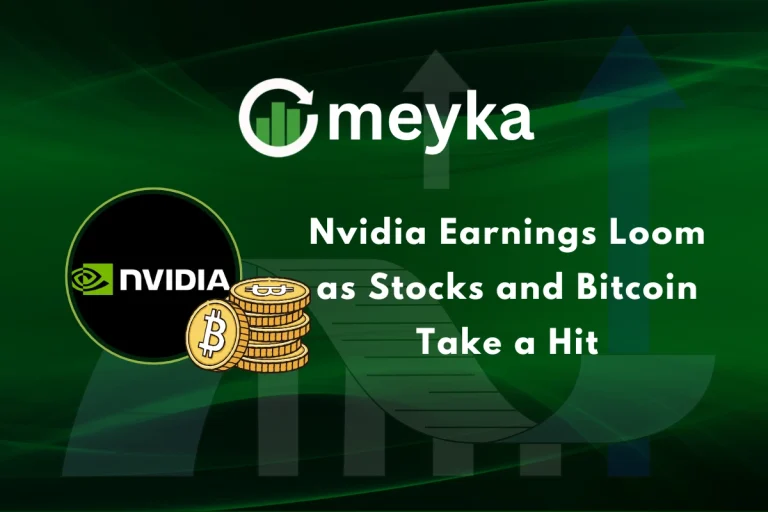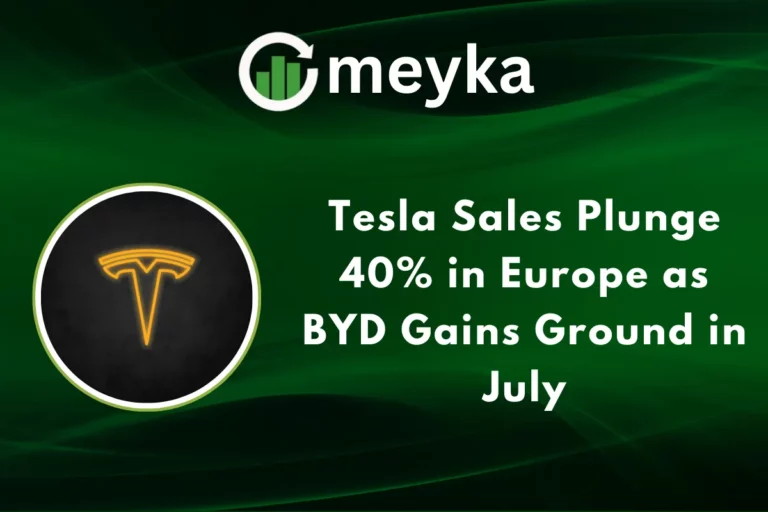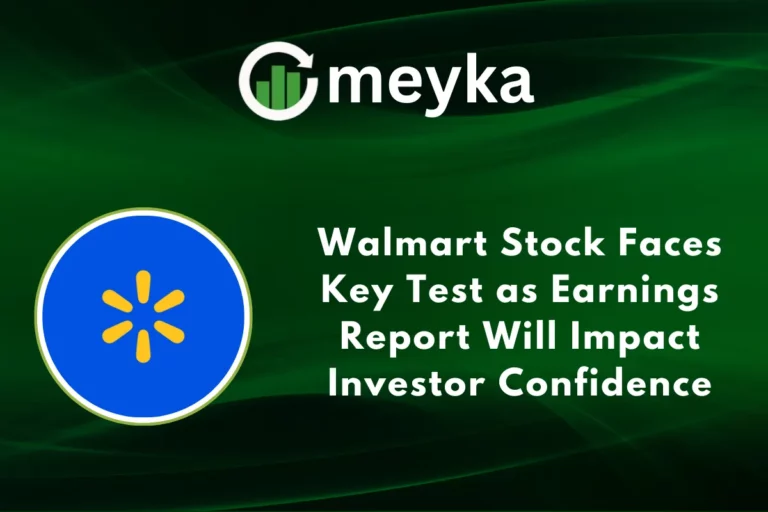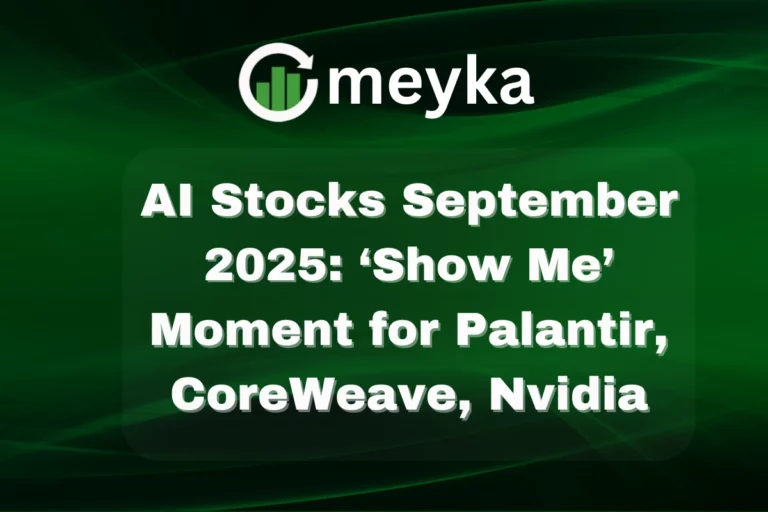Alphabet Moonshot Projects: Why Google’s Parent Is Spinning Them Into Independent Companies
Alphabet is rethinking how it turns wild ideas into real businesses. Over the last year, the company has moved several moonshot projects out of its X lab and into standalone firms. The shift is clear, deliberate, and aimed at getting promising technologies to market faster, with outside capital and focused teams.
This is actually a governance arbitrage. Google (GOOG) is now a mature money engine, while Alphabet (the holding company) treats X as corporate VC. Here’s how the P&L split changed, what Ruth Porat did, and why Google LLC needs these moonshots not on its books to keep margin optics clean.
Alphabet’s New Playbook For Moonshots
X, Alphabet’s famed research lab, built big bets for years. Some became household names, like Waymo and Verily. Others stayed experimental. Now Alphabet is spinning out mature projects so they can scale with partners and investors, while Alphabet keeps a strategic stake. This approach reduces corporate friction, attracts specialist leadership, and opens doors to external funding.
What changed inside X? In practice, the change means clearer criteria for graduation. Projects that show product market fit, repeatable pilots, and commercial partners may leave Alphabet and form independent companies.
Outside investors, including the Series X Capital fund, help bridge the gap between lab proof points and market scale. The result, Alphabet hopes, is faster adoption and stronger returns for both founders and shareholders.
Examples, Up Close: Taara And Chorus
Two recent spinouts show the strategy in action. Taara uses narrow beams of light to carry internet data, a different route from satellites and fiber. Taara, now independent, promises high bandwidth over tens of kilometers and industry partnerships that could accelerate rollouts in regions where fiber is costly.
Chorus grew from a supply chain moonshot into a company that pairs sensors and machine learning to track goods in real time. Both moves let small teams focus on customers rather than corporate alignment.
Why does this matter to markets? Investors watch these graduations because spinouts can unlock value. When a moonshot stands alone, it can raise targeted capital, strike industry deals, and pursue revenue models without a large corporate overhead.
For analysts focused on tech sector trends, this shift is worth tracking alongside AI Stock research and sector specific forecasts. It changes how Alphabet’s innovation pipeline converts into tradable outcomes.
Why Is Alphabet Doing This?
Focus, speed, and capital. Spinning out projects frees teams to move faster, invites specialist investors, and reduces internal opportunity costs. It also lets Alphabet invest selectively, keeping upside while limiting operating drag. Bloomberg chronicled the change as a move away from unfettered internal invention toward a more market-driven approach.
How The Strategy Helps Product Teams
Independence brings a sharper product focus. Teams become mission-driven, with metrics tied to customers and revenue. Leaders who join spinouts often have startup experience.
That mix improves go to market discipline and makes partnerships with operators and governments easier, because external customers see a single accountable company rather than an internal skunkworks.
A Social Pulse Check
Tech commentators noticed the shift. A recent Techmeme post highlighted the flurry of graduation announcements, and investors echoed that view on social platforms. One Techmeme thread emphasized how spinouts allow Alphabet to keep the upside without running every business.
Another industry tweet flagged Taara’s progress as a practical alternative to satellite broadband. These social mentions signal broader market interest and validate the strategic pivot.
Supporting Insight: Regulatory And Product Risks
Spinouts do not erase risk. New companies must clear regulatory hurdles, especially in telecom and data. They also face incumbent competition and capital intensity. Taara, for example, is not a like-for-like Starlink replacement; it competes on cost and bandwidth for specific routes while satellites cover broad geography. That nuance matters for customers and investors.
Supporting Insight: What Analysts Will Watch
Watch these signals to judge success: customer contracts, independent funding rounds, partnerships with telcos, and early revenue growth.
For market watchers focusing on AI Stock Analysis, the metrics to track include adoption rates of AI-enabled services, recurring revenue from enterprise customers, and margin profiles once hardware or sensors scale. These indicators reveal whether a spinout has real staying power.
Multimedia And Sourcing Note
For readers who want to see the lab in action, X’s site hosts video explainers from project teams, and YouTube hosts several short features about robotic and connectivity moonshots. A recent YouTube segment outlines how X tests robotics and autonomy, offering context on the engineering culture that produces spinouts.
Conclusion
Alphabet’s move to spin moonshots into independent companies is practical, not symbolic. It reflects a clearer path from prototype to market, a balance of risk and capital, and a new phase for corporate R and D. For customers, investors, and regulators, the change brings both opportunity and accountability.
Expect more focused startups to emerge from X, each judged on pilots, partners, and revenue. How well they scale will determine whether Alphabet’s latest innovation strategy becomes a model for the entire tech industry.
FAQs
To separate its core money making Google business from riskier long term bets. This gives Google tighter focus on ads, Search, YouTube, and Cloud, while Alphabet handles moonshots and new companies.
Yes. Alphabet Inc is the holding company. Google LLC is the largest subsidiary under Alphabet.
Reports say Alphabet’s capex is sharply rising due to massive data center and AI hardware buildout. Analysts link it with multi decade AI investment plans for Search, Cloud, and Gemini.
Yes, Taara is an Alphabet X project that got spun out as its own independent company. It uses laser beams for connectivity instead of satellites like Starlink.
No one person holds 51 percent. But Larry Page and Sergey Brin together control majority voting power through super voting shares. They still have dominant voting control.
Disclaimer
The content shared by Meyka AI PTY LTD is solely for research and informational purposes. Meyka is not a financial advisory service, and the information provided should not be considered investment or trading advice.






